Notes
Migrant Other: The Rohingya Crisis and the Tendency of News Photos to Confuse Compassion with Patronization
Looking through dozens of images coming out of Southeast Asia over the past few days, I can’t escape the unsettling feeling that the conventions of humanitarian photojournalism exacerbate the tension between compassion and patronization. On the one hand, images of human suffering issue a clarion call to collective moral action. And they work. Reports say that the Rohingya migrant crisis is easing up, and with countries like Indonesia, Malaysia, and the United States having agreed to provide help for thousands of people fleeing poverty and class victimization, no one should think that we are going to just let them all die out there on those boats.
But at the same time, I worry that newswire photographs during humanitarian crises have a way of exposing their subjects to a not-so-subtle mode of international brow-beating. As if dislocation isn’t hard enough on its own, people at the end of their rope have to suffer the humiliation of being stared at while they’re down and out. Part of the difficulty, I think, is that generic conventions of news photography compel circulation of images that invoke story lines viewers already understand. Familiar visual tropes—like giving aid to the sick—position viewing audiences as good Samaritans who are more inclined to interpret as weakness what in fact may be remarkable acts of strength, determination, and resilience:
Consider, for example, how visual references to iconic photography conjure up a pre-packaged emotional register of pity for the Migrant Other:
In a widely circulated photograph of Rohingyas stranded at sea, my colleague John Arthos pointed out to me how a tragic scene in Théodore Géricault’s Medusa gets replicated with uncanny similarity. We are once again cued to see in terms of calamity rather than cooperation and fortitude:
This photograph of a young Rohingya boy being processed, sized up, and photographed from a distance encapsulates how difficult it is to distinguish an ostensibly humanitarian response in Southeast Asia from infantilizing scrutiny:
As if these examples don’t illustrate the point, this haunting photograph below leads a New York Times story about how Indonesia and Malaysia “agree to care for stranded migrants.” But as a price, we as a viewing culture reserve a right to put this brilliant photograph on display, once again raising the question of whether whether editorial obligation can accommodate an aesthetic turn in news photography:
Of course all of this raises the familiar issue of how to justify a decision to re-circulate troubling images of people who are suffering. I am interested to know how others are understanding the social, political, and emotional function of images like this, and if there is a way to square the beauty of tragic photography with the moral function of humanitarian photojournalism.
-Philip D. Perdue
(photo 1: Ulet Ifansasti/Getty Images AsiaPac. caption: A Rohingya woman and her children eat after arriving at the port in Julok village on May 20, 2015 in Kuta Binje, Aceh Province, Indonesia. Hundreds of Myanmar’s Rohingya refugess have arrived in Indonesia, many requiring medical attention. Thousands more are believed to still be stranded at sea reportedly with no country in the region willing to take them in. Myanmar’s Rohingya Muslim community have long been persecuted and marginalized by Myanmar’s mostly Buddhist population. photo 2: Binsar Bakkara/AP Photo.caption: Rescued migrants rest as they are given food and drink upon arrival in Simpang Tiga, Aceh province, Indonesia, Wednesday, May 20, 2015. photo 3: Ulet Ifansasti/Getty Images AsiaPac. caption: Rohingya women and children are seen after arriving at the port in Jolok village on May 20, 2015 in Kuta Binje, Aceh Province, Indonesia. photo 4: AFP. caption: Rohingya migrants passing food supplies dropped by a Thai army helicopter to others aboard a boat drifting in Thai waters off the southern island of Koh Lipe in the Andaman sea on May 14, 2015. photo 5: Roni Bintan/Reuters. caption: A Rohingya child who recently arrived by boat has his picture taken for identification purposes at a shelter in Kuala Langsa, in Indonesia’s Aceh Province Monday. The United Nations has called on Southeast Asian nations not to push back the boatloads of Rohingya Muslims from Myanmar who fled persecution and poverty at home and now face sickness and starvation at sea. photo 6: Beawiharta/Reuters. caption: A Bangladeshi who arrived by boat in Aceh Province, Indonesia. Bangladeshis tend to be economic migrants).
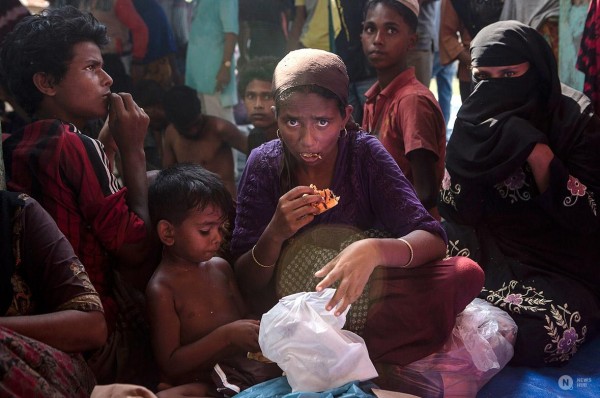
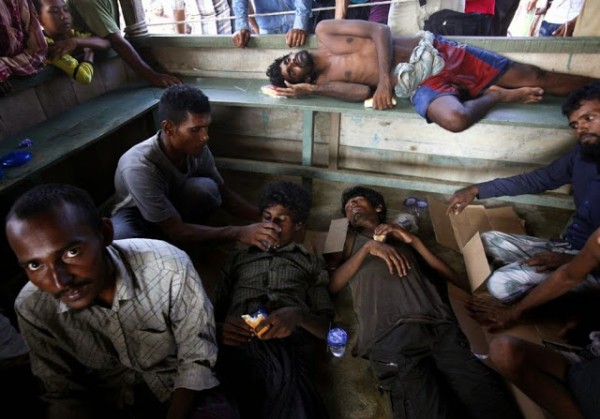
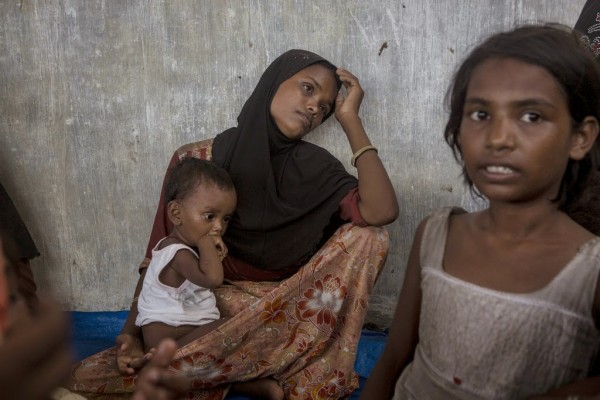
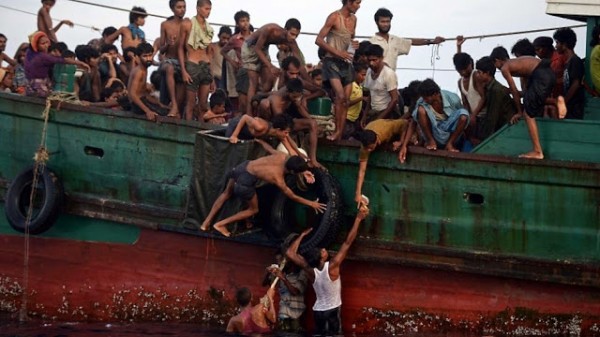
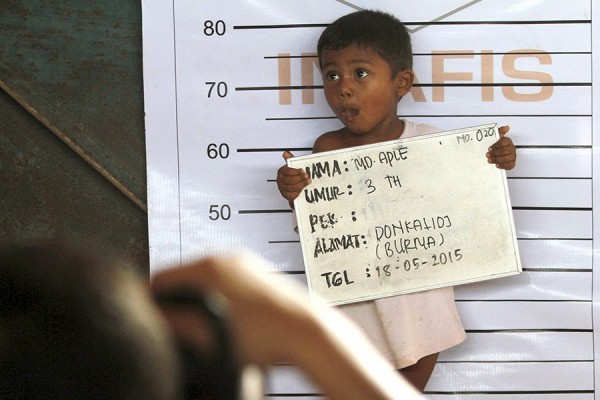
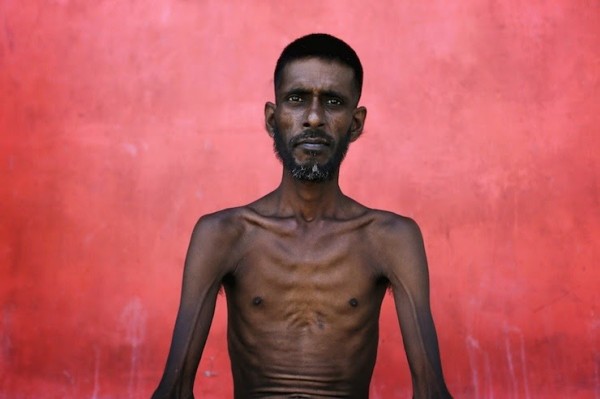
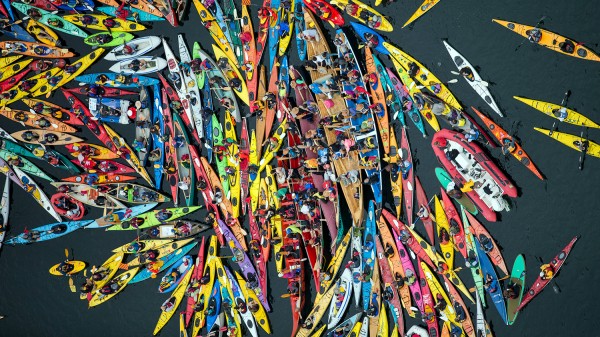

Reactions
Comments Powered by Disqus